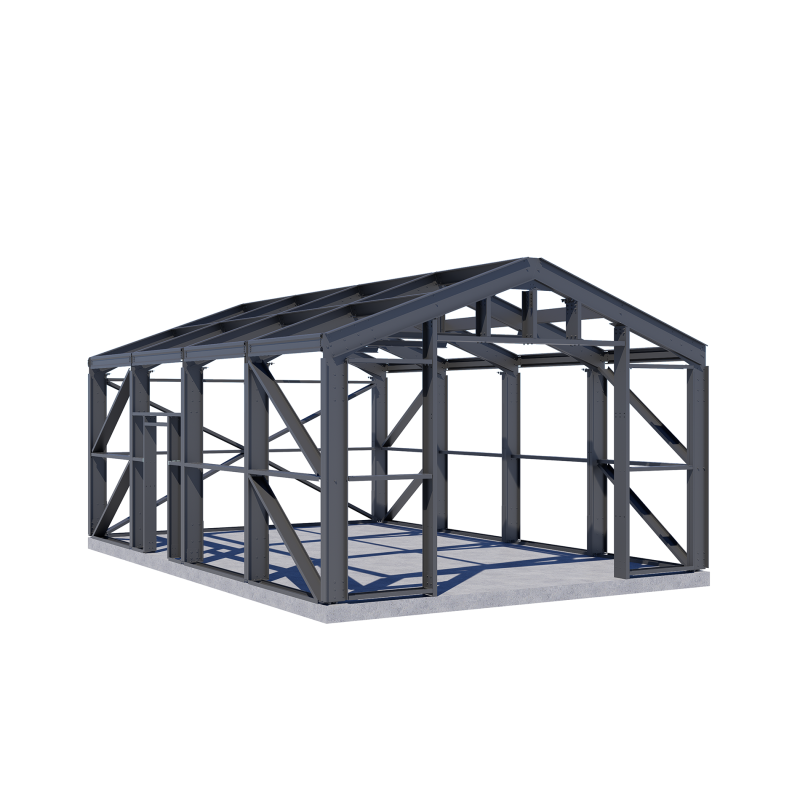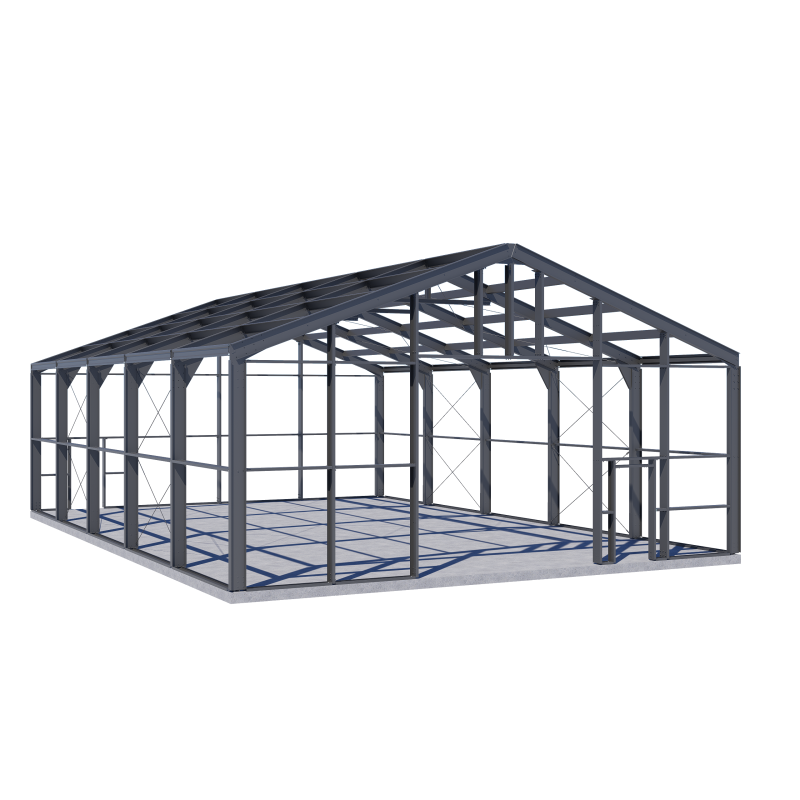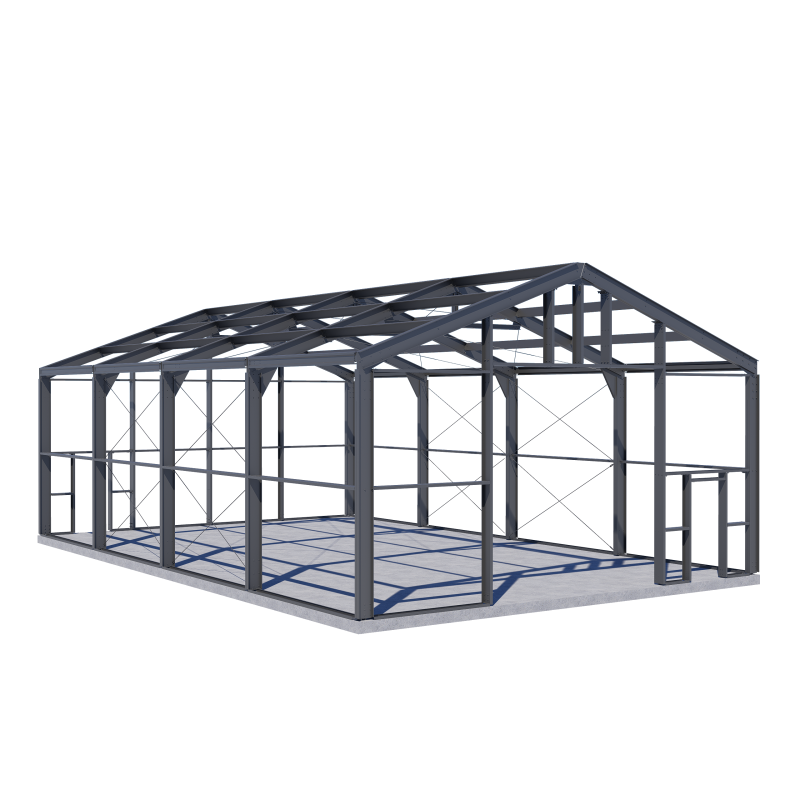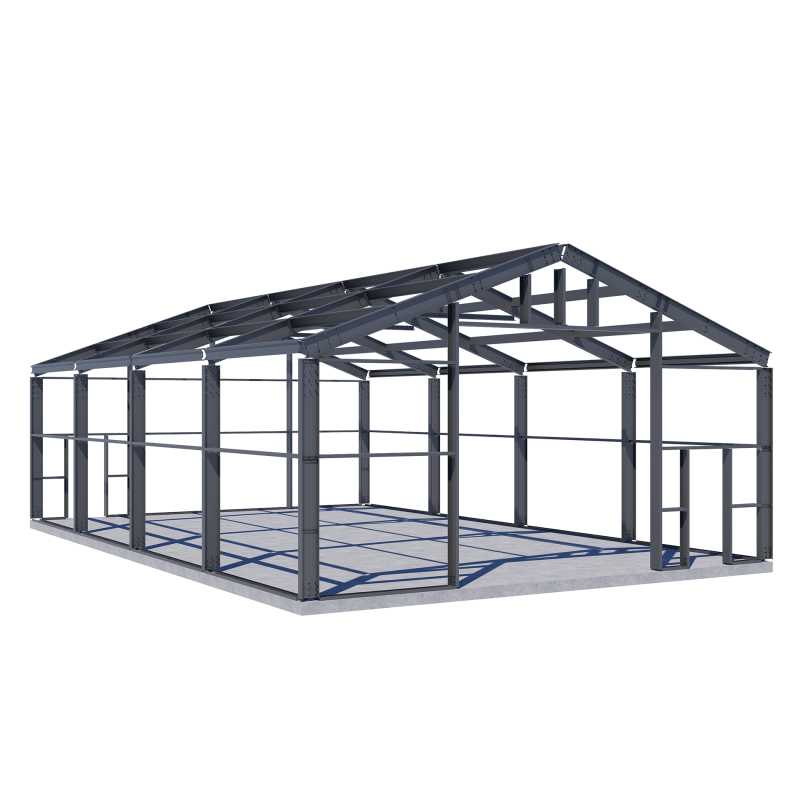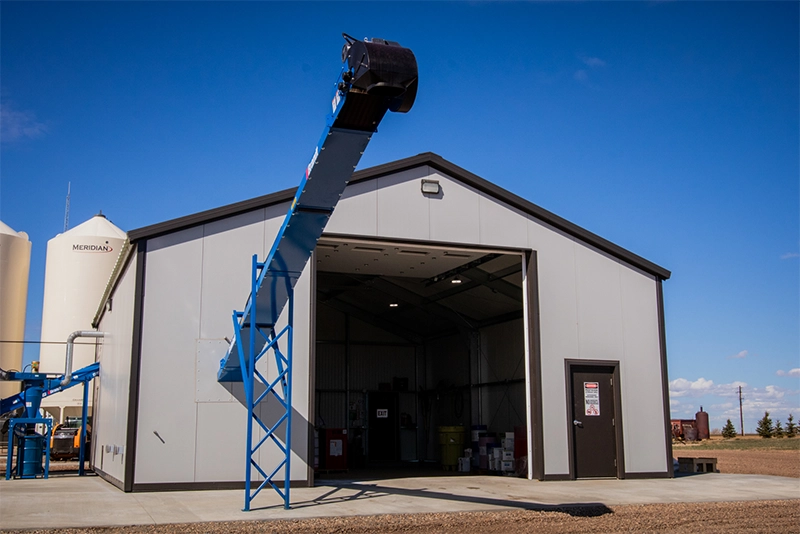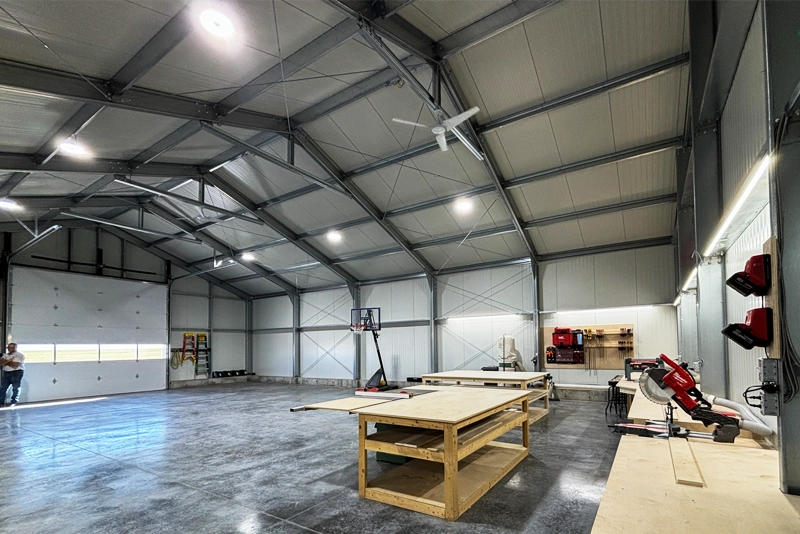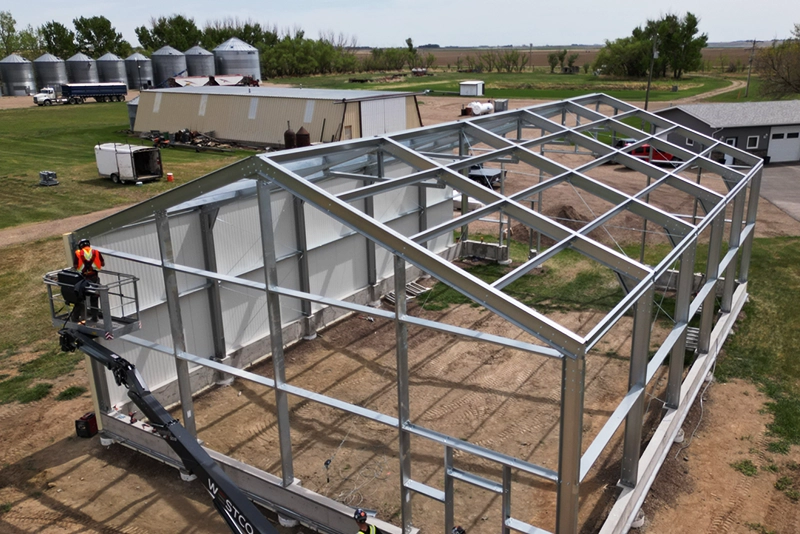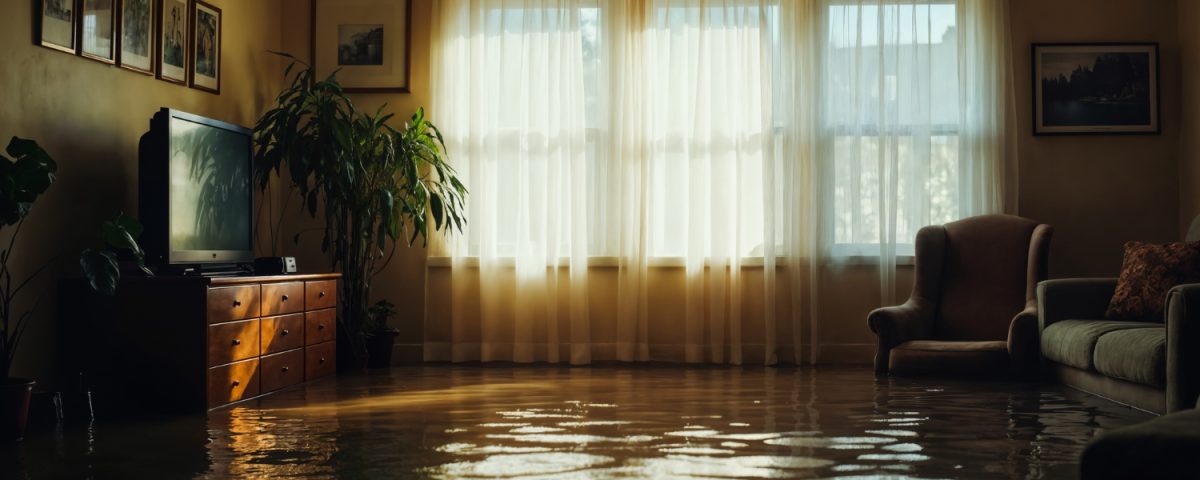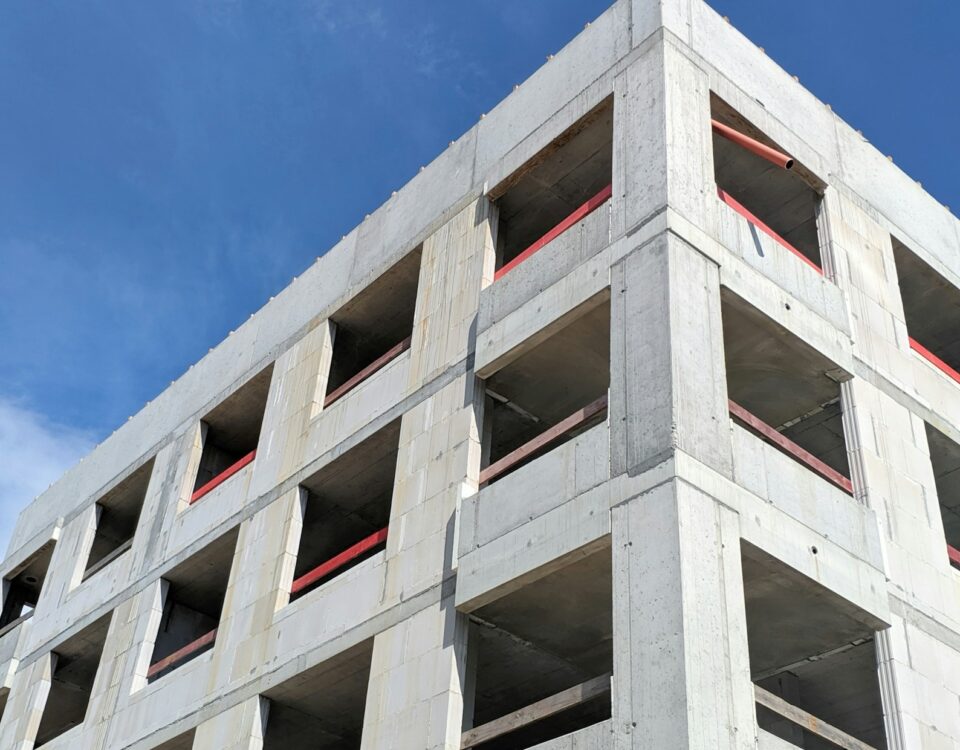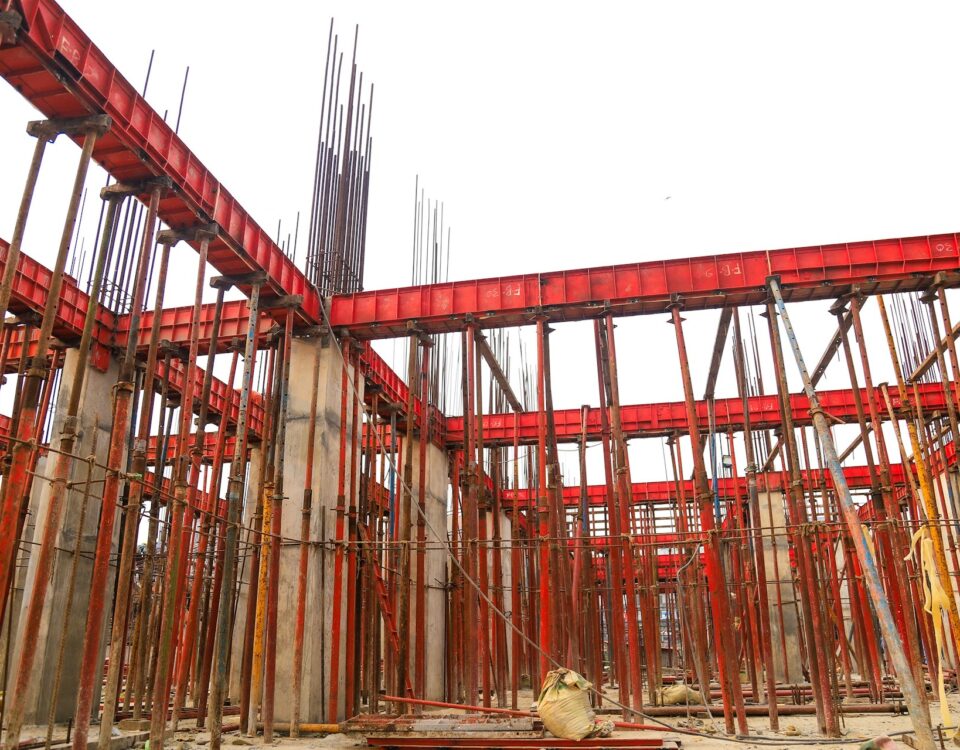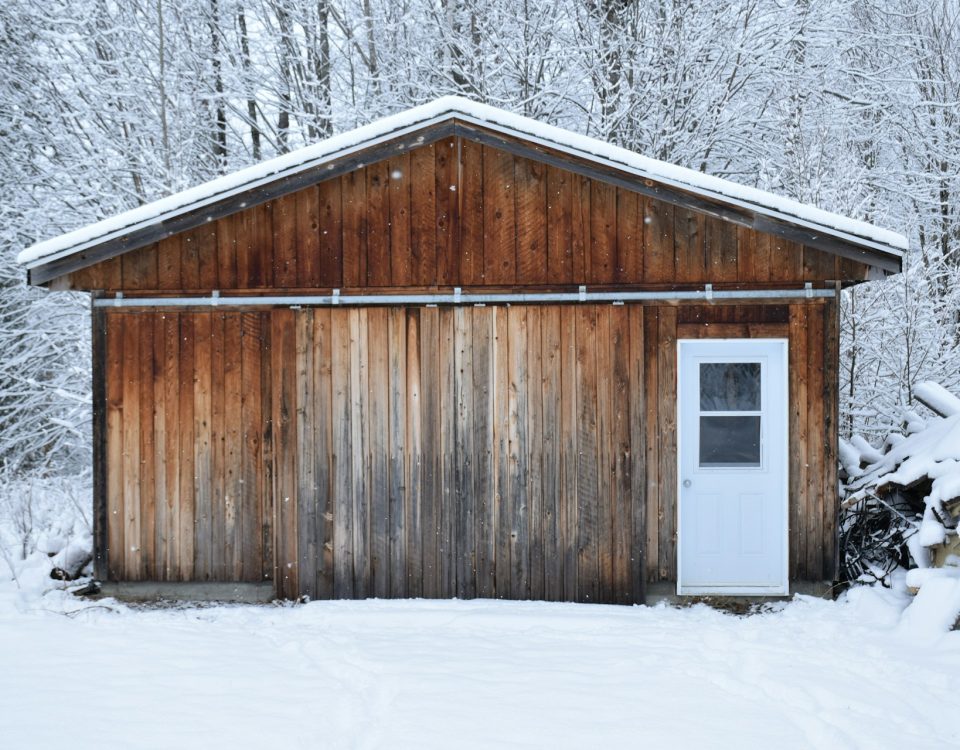Water damage can pose a significant challenge for any building, but for non-insulated structures, it can quickly become a major issue. These types of buildings lack the protective barriers that help fend off moisture, making them more vulnerable to water-related problems. Whether it’s from internal sources like condensation or external factors such as rain and snow, water can seep into these structures, potentially causing extensive damage. This vulnerability highlights the importance of understanding the causes of water damage and addressing them promptly to maintain the integrity of your structure.
In Canada, especially with its varied climate, non-insulated structures face unique challenges. The combination of wet weather conditions and fluctuating temperatures can exacerbate water-related issues. Ignoring these problems might lead to costly repairs or even compromise the safety of the building. By focusing on effective solutions tailored to Canadian conditions, owners can protect their structures and extend their lifespan. With that in mind, let’s explore the common causes of water damage in non-insulated structures and how to recognize the signs early on.
Causes of Water Damage in Non-Insulated Structures
Water damage in non-insulated structures can arise from several sources. Understanding these can help you take preventative steps and keep your building in good condition.
1. Condensation: When warm, moist air inside the building comes into contact with cooler surfaces, condensation forms. This moisture can quickly accumulate, leading to water damage over time. It’s especially common in areas with poor ventilation or where humidity levels are high.
2. External Weather Conditions: Rain and snow are natural elements that pose a risk to non-insulated structures. Without a buffer, rainwater can penetrate walls and roofs, while snow, when it melts, can seep in and cause water damage. The risk is higher in areas with heavy precipitation or rapid temperature changes.
3. Poor Construction or Maintenance: Sometimes, water damage issues arise from the building’s construction quality. If non-insulated structures are poorly built with gaps or weak seams, water can easily find its way inside. Likewise, neglecting regular maintenance increases the chances of problems going unnoticed until they become severe.
Addressing these causes starts with awareness. By understanding where water damage might originate, you can take action to prevent it, ensuring your structure remains robust and secure. These insights are pivotal for property owners wanting to safeguard their investments from common water-related challenges.
Identifying Signs of Water Damage
Spotting water damage early is crucial for preventing bigger issues down the road. Knowing what to look for can help you catch problems before they spiral out of control. One of the most obvious signs is the appearance of stains on walls or ceilings. These stains often start small but can spread if not dealt with quickly. Rust on metal components is another indicator, suggesting prolonged exposure to moisture. Mold is also a common problem in wet environments. It’s not just unsightly but can affect health and compromise structural integrity.
While stains and rust are easy to spot, there are also less visible signs to be aware of. Unusual odors, like a musty smell, can point to hidden mold or mildew. This can often be detected in areas not immediately visible, such as behind walls or under floors. Dampness in the air or on surfaces is another red flag, indicating condensation or leaks.
Regular inspections can go a long way in identifying these problems. Make it a habit to check your building periodically, especially after heavy rain or snow. Being proactive can save you time and money, as these small steps often prevent more significant damage.
Preventative Measures
Taking steps to prevent water damage is always better than having to fix it later. One effective approach is ensuring proper ventilation and airflow throughout your building. This helps to reduce humidity levels and prevent condensation buildup that can cause water damage. Consider installing vents or using fans to improve air circulation in key areas like basements or attics.
Using water-resistant materials during construction or renovation can also offer lasting protection. These materials reduce the chances of water penetrating surfaces and provide an extra layer of defense against moisture.
Incorporating regular maintenance routines is equally important. Set a schedule to inspect and clean gutters, roofs, and downspouts to ensure they function correctly. Check the seals around windows and doors and replace them when they show wear or damage. A bit of maintenance can go a long way in keeping your structure safe from water-related issues.
Professional Solutions
While implementing preventative measures can reduce the risk of water damage, sometimes it’s best to rely on professionals for more complex solutions. Regular inspections by experts can identify issues that might go unnoticed during routine checks. A professional eye ensures that all aspects of your structure are evaluated thoroughly.
Retrofit solutions, such as adding extra layers of waterproofing or installing protective barriers, can be a wise investment. These solutions not only enhance the water resistance of your building but also extend its lifespan. When professionals handle these tasks, you can be confident that the job meets industry standards and uses the best materials available.
Though hiring professionals might seem costly upfront, it often saves money in the long run. Effective water damage prevention reduces the need for expensive repairs and minimizes downtime that could disrupt operations. By entrusting this task to experienced individuals, you’re investing in the longevity and safety of your structure.
Stay Ahead of Water Damage
Protecting your non-insulated building from water damage takes awareness and action. By identifying the signs early, implementing preventative measures, and seeking professional solutions, you put yourself in a strong position to manage and reduce potential risks. While weather conditions in Canada can be unpredictable, these strategies help ensure that your building is ready to face any challenges. Recognizing the need for vigilance and ongoing maintenance makes all the difference in preserving your investment and keeping it secure for years to come.
Protecting your building from water damage requires not only vigilance but also practical strategies. Whether you are dealing with condensation, leaks, or unpredictable Canadian weather, taking informed steps can safeguard your property efficiently. To explore effective solutions for enhancing your building’s durability, trust Dutech Structures to meet your needs for non-insulated structures. With tailored strategies designed to withstand local conditions, you can ensure your building remains robust throughout the seasons.
